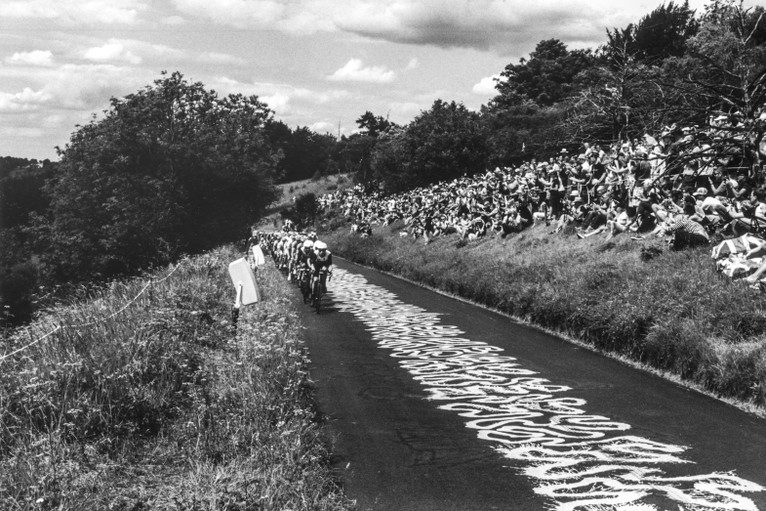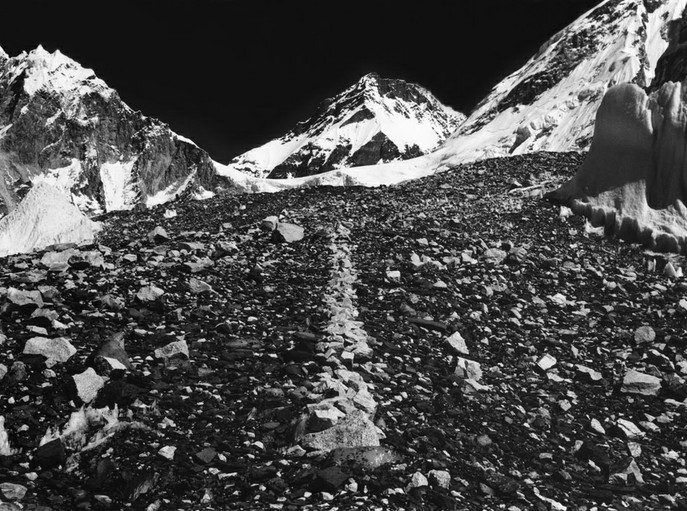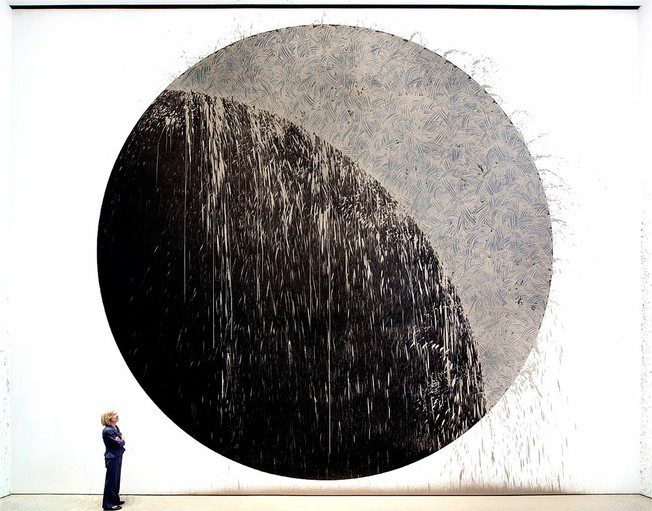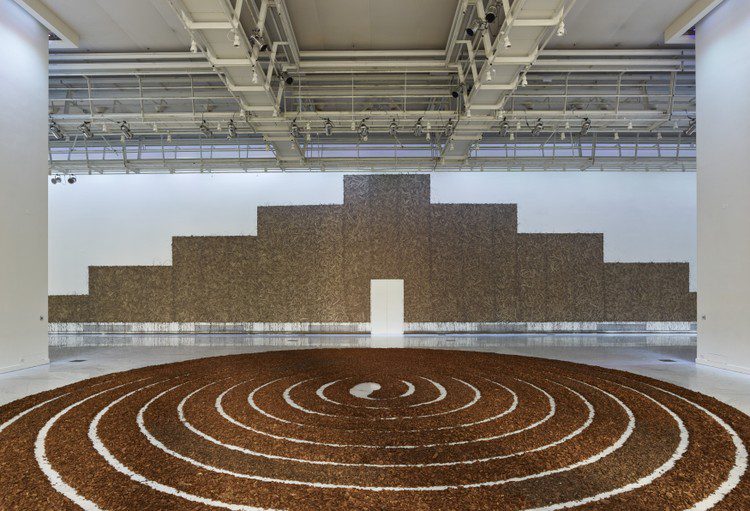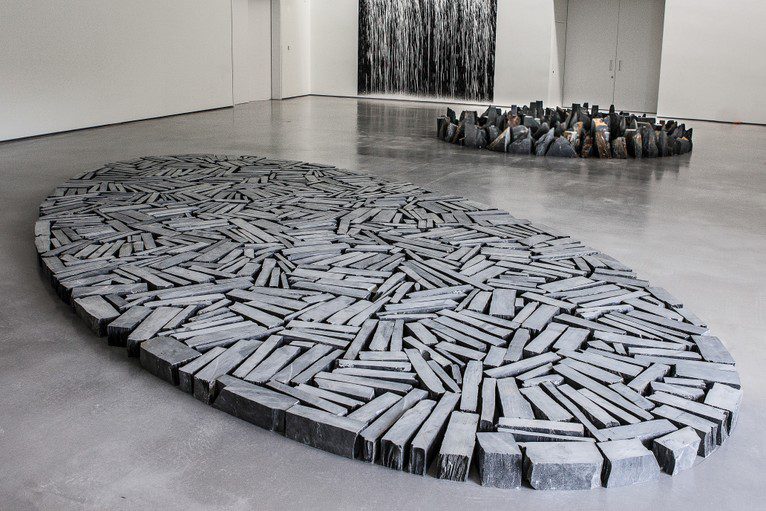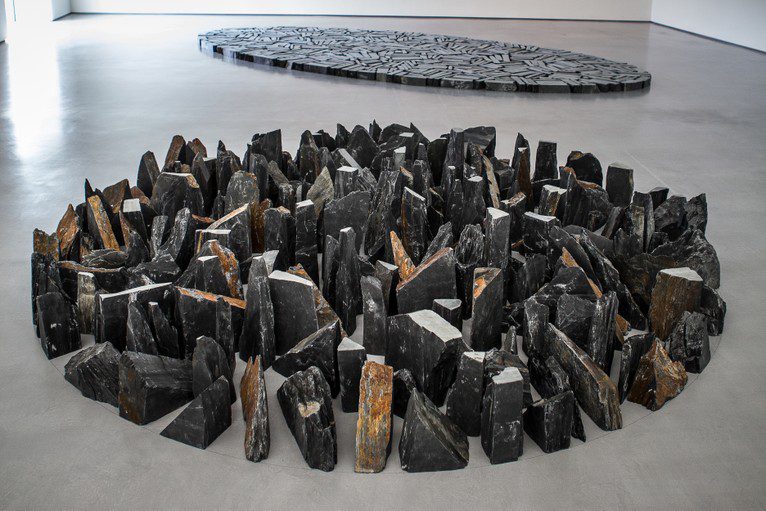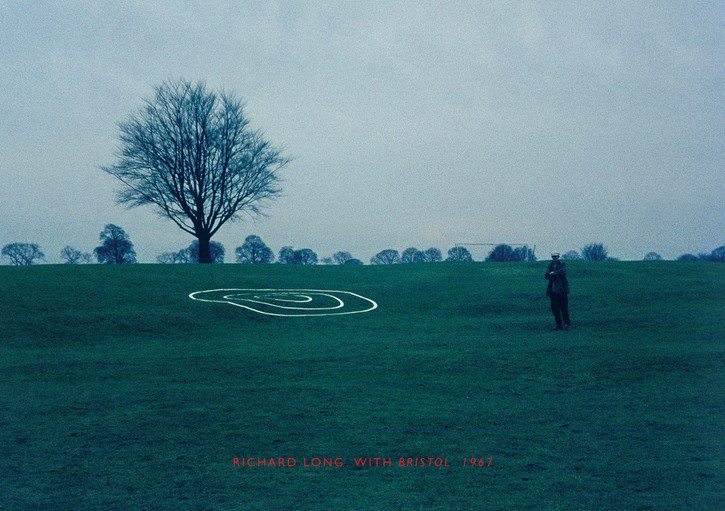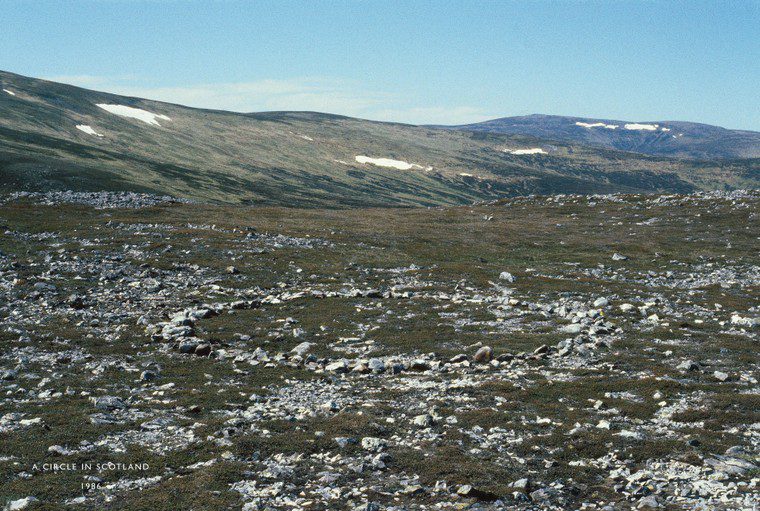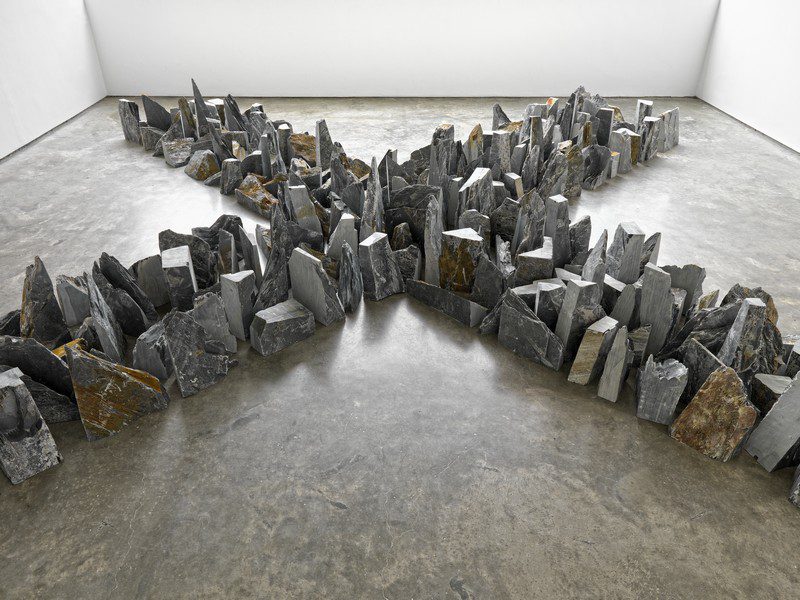ART-PRESENTATION:Richard Long-Time And Space
Walking is central to Richard’s Long work as a way of perceiving and recording landscape. It is a basic, though powerful, way to experience the natural world through physical effort, which he uses as a method both to measure time and space and create works about his experiences.
By Dimitris Lempesis
Photo Arnolfini Archive
Having been thrown out of Bristol Art School for reasons that were never made clear, Richard Long went on to study at St Martin’s School of Art in London in the 1960s. During his time there, the college was recognized as pioneering some of the most advanced approaches to sculpture in the world, later in the ‘90s became a legend from the Young British Artists. Richard Long was amongst a group of students that included Gilbert & George and Bruce McLean, who opposed the ‘house style’ industrial metal assemblage approach that was promoted by tutor Anthony Caro and instead experimented with new, more conceptual, techniques. These often incorporated elements of performance and a much-expanded attitude to potential material, and had much in common with concurrent developments in the USA. Long’s use of raw, natural materials and the temporary nature of his work reflect this. The exhibition ’’Time And Space’’, expands in all the Galleries of Arnolfini Art Centre in Bristol and focus particularly at the area where Long grew up and still lives, as the start and end point for many of his early walks and text works. The exhibition focuses on the artists’ personal relationship to place and local materials, and how the ideas and language developed through his early career were key in the development of ideas that the artist now realizes across the world. In all of his work, a kind of Zen-like artistic freedom is found, through the rigid adherence to a predetermined, repetitive form. It is possible to say something similar about the way that Long has remained true to the same approaches – walks, stone sculptures, mud works – through the entirety of his career, distilling a simple practice down to its most profound form, rather than focusing on technical innovation for its own sake. Alongside the exhibition, the artist presents a new work on The Downs in Clifton. Boyhood Line, is made from white limestone and centers on a footpath close to Ladies Mile, a path which has been made over many months by the footprints of people walking across The Downs, instinctively following the same path and establishing an unplanned path through the grass.
* The exhibition is Part of the programme celebrating Bristol’s year as European Green Capital.
Info: Time and Space, Arnolfini Arts Centre, 16 Narrow Quay, Bristol, Duration: 31/7-15/11/15, Days & Hours: Tue-Sun: 11:00-18:00, Wed: 11:00-20:00, www.arnolfini.org.uk

